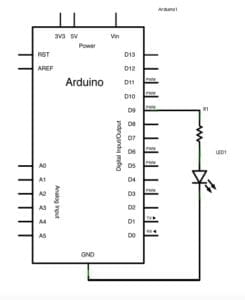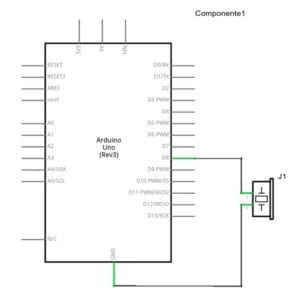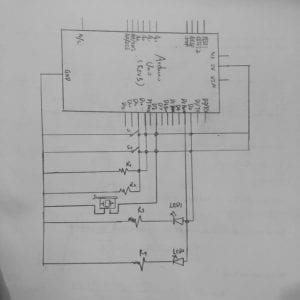Recitation 2: Arduino Basics
Sharon Xu
Instruction: Please answer each of these questions. Add your answers to your blog post, along with the other documentation for the circuits that you built in class (including your own drawing of the schematic for circuit 3).
Partner: Arthur
Circuit 1: Fade


At first, we didn’t analyze the schematic carefully. We directly build the circuit according to the picture attached. We made mistakes first because we didn’t truly understand the circuit. And then we read the schematic again and found that there was a pin we plugged wrong. I think it would be better if we analyze the schematic carefully before building circuit every time. Additionally, using wires with different colors to distinguish different functions is a good way to make the breadboard easier to check.
Circuit 2: toneMelody

We built it smoothly and it ran successfully.
Circuit 3: Speed Game


According to the picture, we successfully built the circuit. After inputting the code, the circuit worked. Because the circuit is a little bit complex, so using wires of different color is important to help figure out how it works.
(Optional) Circuit 4: Four-player Speed Game
Here we ran out of time, so we didn’t make it work. But later I figured out how to make it work: repeat the code and change some words of it (e.g. adding player03/04, counter3/4) and change the pins for another breadboard.
Question 1:
Reflect how you use technology in your daily life and on the circuits you just built. Use the text Physical Computing and your own observations to define interaction.
Technology is the collection of techniques, skills, methods, and processes used in the production of goods or services or in the accomplishment of objectives. I use technology every day in my life, such as using computer and mobile phone. Even on the way back to our dorm, I was constantly in touch with technology: the shuttle bus operation system, swiping machine at the door, and the elevator. On the circuits I just built, I also used and learnt more about technology. I’ve learned how to make buzzers sound through Arduino, how to adjust the brightness of LEDs, and even how I can make a mini game, all of which demonstrate the power of technology. As the definition given by Chris Crawford, author and game programmer, interaction is “an interactive process of listening, thinking, and speaking between two or more actors.” Listening, thinking, and speaking is expressed in computer terms as input, processing, and output, according to the text Physical Computing. In my opinion, interaction is more like a bridge connecting with two objects, which are often the user and the computer. As you are inputting something, you are talking to the computer, and it takes a little while for it to think your words, and then it replies.
Question 2:
If you have 100,000 LEDs of any brightness and color at your disposal, what would you make and where would you put it?
I’ll make hundreds of lamps with adjustable brightness and long-life battery, and it can be folded and easy to transport. I’ll convey them to the children in poor families who can’t pay for the electricity and thus have difficulty doing their homework. I once read a news that a father takes his daughter to the metro station every day to finish her homework because they can’t afford electricity. So I want to bring more chances to them by inventing something meaningful.